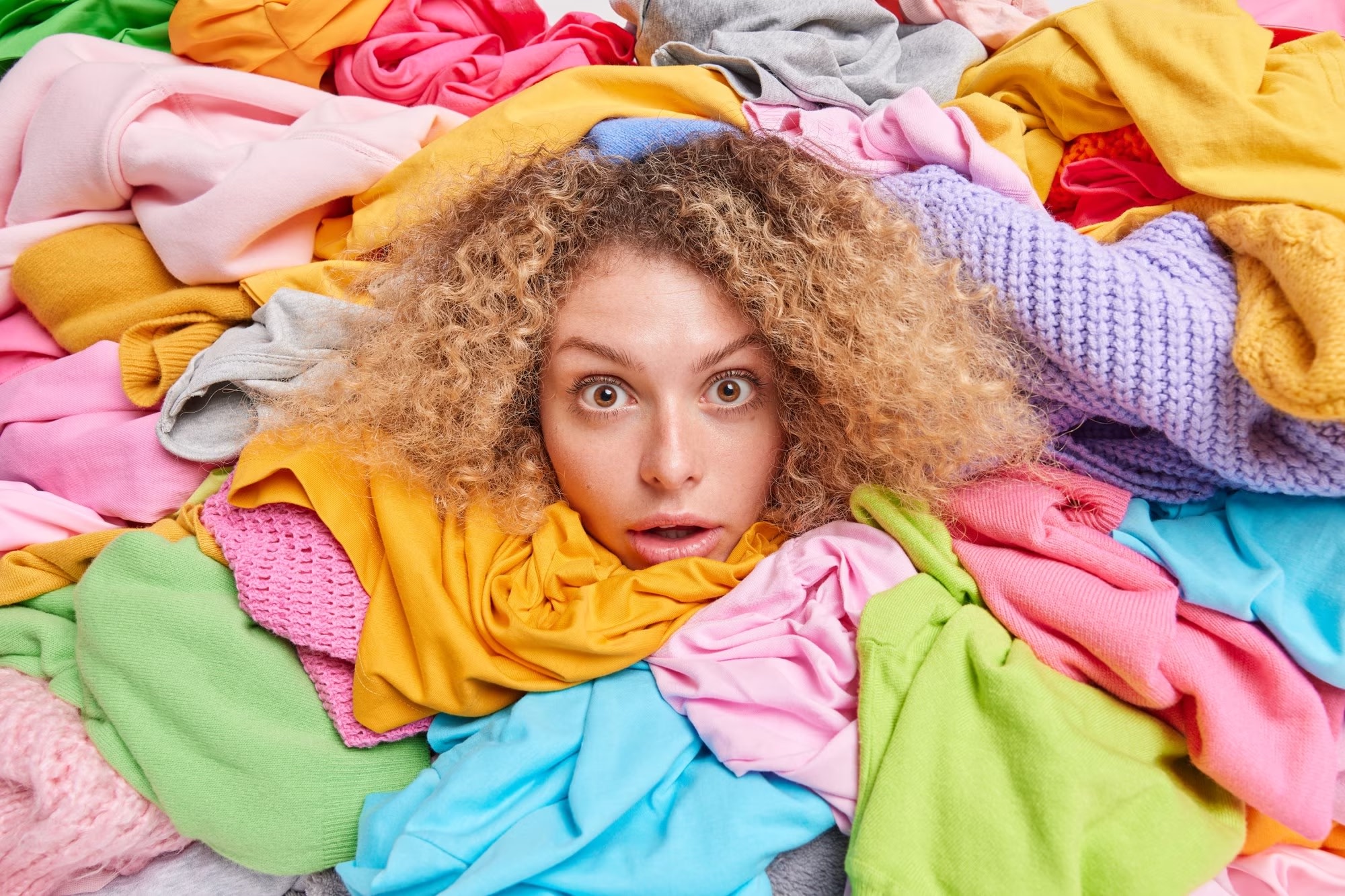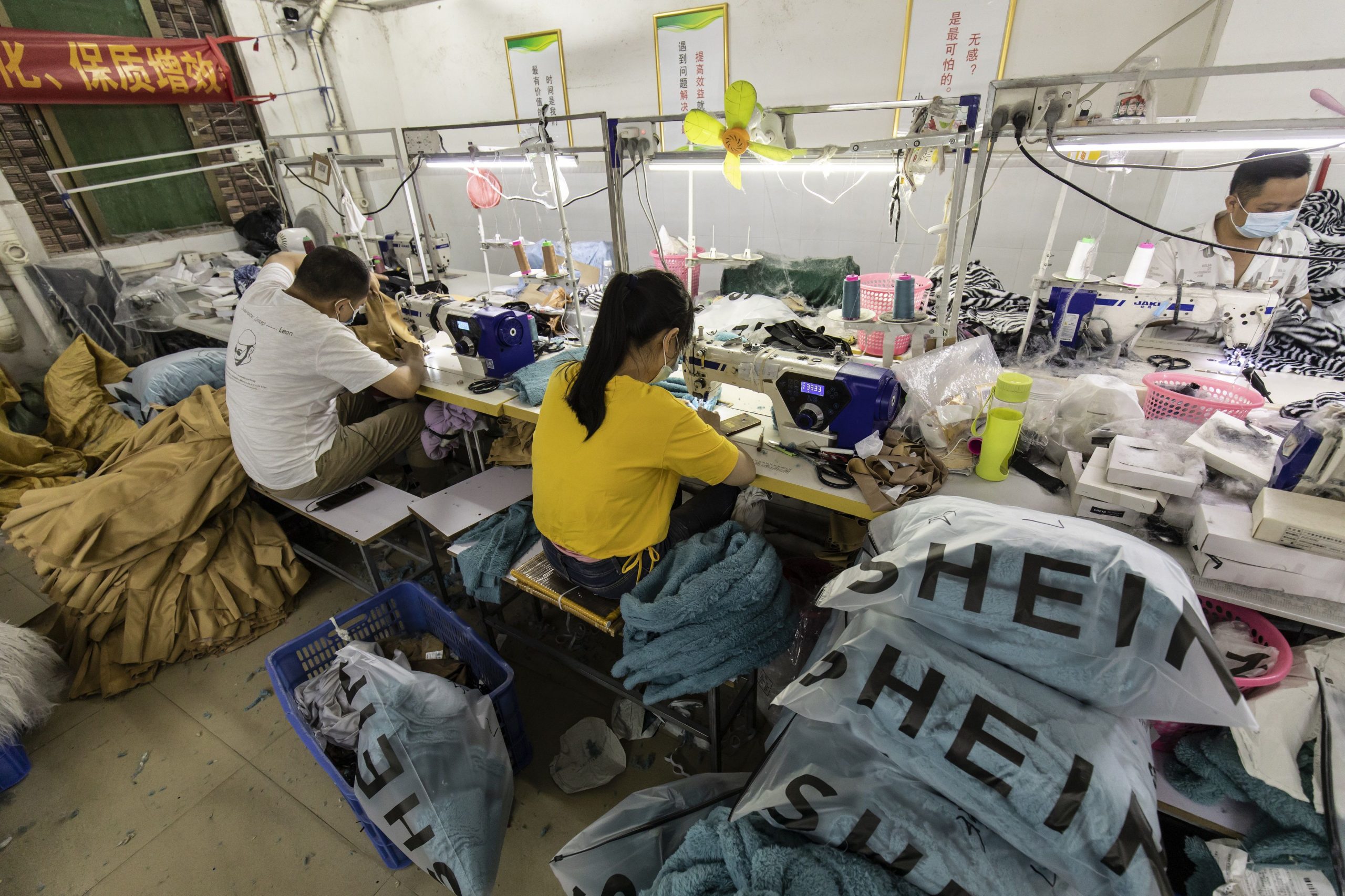How Can Shein Clean Up Its Act?
Shein

With around 2,000 new items made every day showing up on its website, low prices, and free marketing from many social media influencers, fast-fashion company Shein is teeing up to go public. First founded in 2016, it didn’t start making this massive push in the industry until recent years. It's big debut was when it went online and offered cheaply made items at a pace that other fast fashion brands couldn’t keep up with.
With the low pricing for consumers, many bought up various trendy designs without a second thought, gladly posting videos online about the various items that they purchased. It seems innocent at first, but when you begin to ask questions like "is Shein safe?" and "Is Shein trustworthy?" the answer seems to be a resounding no. That much is clear from looking at how Shein actually acts.
To start, Shein has stolen designs or produced knockoff copies, suggesting Shein fast fashion ideas are not all original.
The company has also had terrible working conditions for its employees. Despite being one of the largest fast fashion brands, it says something about the company if they're mistreating their employees.
And naturally, there is the Shein environmental impact problem, which it has dramatically outpaced over brands like H&M and Zara.
Shein exemplifies why fast fashion is bad and continues to operate under these conditions despite trying to recreate itself as a "sustainable brand for fashion.". It's nothing but greenwashing, and that is clear from doing a little bit of research.
Can Shein Really Be A Model For Sustainability?
With various concerns and environmentalism on the public’s mind, Shein is getting a lot of attention, and each move it makes is under scrutiny. Between possibly going public and revolutionising the fast fashion industry, Shein has been putting a lot of effort into positioning itself as a bit of a trendsetter while also trying to convince us all that it’s a sustainable clothing company. That from this point forward Shein sustainability is its fast fashion brand.
That much is clear by some of the actions that Shein is trying to make. They've donated $15 million to the Or Foundation, which is one of the first times a clothing brand has acknowledged the fast fashion environmental impact that is placed on Ghana.
Beyond that, Shein has also pledged to clean up some of its social efforts by putting more money into facilities and hiring industry veterans for key leadership positions. They have even set up a resale programme to help with the clothing waste issue.
But while those efforts are better than nothing, we wouldn’t say these moves are ‘revolutionary’ or ‘trendsetting’. When considering other sustainable brands in the fashion industry, they are doing much more than what Shein is doing.
Featured Article: 3 Ways The Fashion Industry Can Be More Sustainable
Yes, Shein has more resources and financial backing. However, that's all the more reason for it to be doing more than rolling out a few programs and donating a few million to an organization. The fast fashion industry is a $60.5 billion US dollar industry. That donation is likely little to the company's profits.
If Shein really wants to clean its act, this is what it should do.
First, Reduce The Number Of Designs
Even though Shein has limited inventory for its designs, the fact that it’s an international company and is outputting roughly 2,000 designs per day on its website shows the insane scale of resources it needs in order to stock up with the day's new clothing.
From a supply chain management perspective this is a nightmare as Shein could be dealing with a lot of Scope 3 emissions - emissions that stem from third party sources like suppliers.
The SEC audit from Congress is also looking at the use of material that is banned in the US. Beyond that, the amount of lead found in a lot of its clothing is under scrutiny. There have even been instances of bugs in the packaging.
All of this is to imply that Shein being a sustainable fashion brand is nothing but a farce. It's clearly producing bad quality products if a regulatory body is investigating the company.
What a lot of these problems point to is a quality issue with the products, which makes sense when you consider that Shein expects so many designs in such a short time. When workers are put under such constraints, they’ll optimise clothing production for efficiency and not quality. Even if Shein is working with other designers in its new Shein X Incubator Program, this feels more like an excuse to shift the blame whenever another design issue springs up.
Ultimately, if Shein is to be more sustainable, it’s smarter for the company to produce significantly fewer clothing designs and rely on other systems. After all, with fewer designs being taken up, Shein could lean into its reusable clothing programme, offering customers particular perks on its platform and generating other revenue streams it wouldn’t have otherwise.
Featured Article: Is Shein Environmentally Friendly?
Second, Ramp Up Reusable Clothing Programme
While a reusable programme is nice, the current output and materials that the clothing has don’t support it very well. Shein's production of so many items every day means customers reselling their clothes on Shein’s platform are competing with Shein itself on their own turf. Combined with clothing made of cheap materials, the chances anyone can find a seller could be slim.
If Shein reduced the number of clothing items it put in its store every day, this could allow for better materials to be used. Not only that, but it would allow Shein to focus on improving this system to make it stand out more.
It’s uncertain what costs are associated with reselling clothing on Shein, but considering it sells clothes this cheaply, the profit margin is still reasonable for the company. In essence, a reusable programme where Shein takes half (or more generously, a quarter) of the profits could create enough incentive for customers to begin selling Shein clothing there.
Featured Article: 13 Sustainable Designers And Luxury Fashion Brands You Need To Know
Third, Put Your Money Where Your Mouth Is
When Shein revealed its revenue potential to investors, the Financial Times report pegged its internal sales at US $22.7 billion, on par with or outpacing Zara and H&M. What this means is that Shein has the cash to spend, and if it becomes publicly traded, it’ll have way more funds to work with.
And with plans for a Mexico factory, Shein is bound to be making more money despite its controversy.
The issue here is the fact that while Shein is putting pressure on other fast fashion brands with some of its “sustainable brand fashion” moves, its efforts are undercut by the fact that Shein is a theoretically multi-billion dollar company.
$15 million to the Or Foundation is a lot of money. But Shein could make that much money in a matter of hours. Another $15 million to improve facilities is nice on the surface but is undercut by Shein’s billions in valuation. This is on top of the fact that the funding is split across all facilities. Considering the size of Shein, it’s estimated that each facility would get $50,000 for improvements.
We’re not saying the company should make no profit from improving these facilities, but if Shein is truly committed to solving these issues, the amount of money they’re putting towards these efforts is minuscule when compared to their earnings. For a company that’s trying to appear sustainable, it’s doing more blame-shifting and small gestures than actually addressing root problems.
Featured Article: What Is The Impact Of Shein’s Fast Fashion?
Supply Chains...Supply
To see a fast fashion brand trying to be sustainable is a genuinely nice thing to see. Even if you buy your clothing from thrift stores or if they’re passed on to you, we might still hope that other brands work to be more sustainable. To see Shein tackle these issues reveals that getting there will take a lot of work. But it also reveals that your stereotypical business practices won’t be enough and there's plenty to be done to improve from an ESG standpoint.
Shein can’t just donate a handful of millions to certain organisations and facilities in the hopes that these problems will go away. Shein’s current business practices are the problem. The focus in on creating demand for 'latest trends', every day a 'new season'. This is manufacturing for the sake of volume. They convert raw materials and natural resources into manufacturing processes that reduce production times and improve efficiency, all to generate end finished products that, through the wonder of supply chain management, ship across the world to retailers and end user consumers who may wear a garment a few times before discarding it.
This form of business is an example of how we put technology development to poor use, where 'success' uses land, labour, transportation and human activity to simply generate growth. This, to the detriment of externalised natural and human capital.
And what is left behind this? Supply chains leave scant regard for habitat destruction for garment agriculture, stress on garment workers and local communities, or reducing emissions along the way. Climate change takes a back seat when the business model is ultimately turning natural resources into landfill, natural resources which could be allocated more effectively elsewhere.
ESG Voices: Circular Fashion - You Are What You Wear
Let Shein, Shine
For Shein to truly shine in a sustainable way, it needs to consider extending itself further, which begins with better materials, more cooperation with designers and activists, and making way less clothing while offering those low prices.
Nothing new is on the table here, it's simply the hard truth that if we measure success by volume and pure expansive growth, we will hit a wall. If the garment sector accepts the environmental and human effects of fast fashion, it will acknowledge that wall was already hit a long time ago.
We can put technology to better use, but the garment manufacturers need healthy demand signals from consumers and retailers alike that on-demand seasonal delivery, circularity, and ESG factors are all part of a supply chain model that can deliver healthy profitability with actual improved efficiency, and not just an endless quest for the latest trends.
Check out our Company ESG Profiles to keep track of ESG performance and updated sustainability reports, by company or by sector.






